Last Updated on April 12, 2023 by Mary Pressler
Understanding the Dangers of Lightning Storms
Lightning can reach a voltage of over 100 million volts and a current of over 200,000 amps, according to the Lightning Protection Institute (LPI). Since a very large amount of energy is released in an instant, lightning strikes can cause major property damage and fatal injuries.
- The Insurance Information Institute reported 71,551 lightning damage claims in 2020.
- The resulting property damage had a value of $2.1 billion.
- The three states with the most insurance claims were Florida, Georgia and Texas.
Do I Need a Lightning Rod?
In simple terms, a lightning rod creates a low-resistance path to the ground, which allows lightning strikes to be discharged safely. Depending on where you live, a lightning protection system may be required for property insurance. Even in places where a lightning rod is optional, it may help you qualify for better insurance plans.
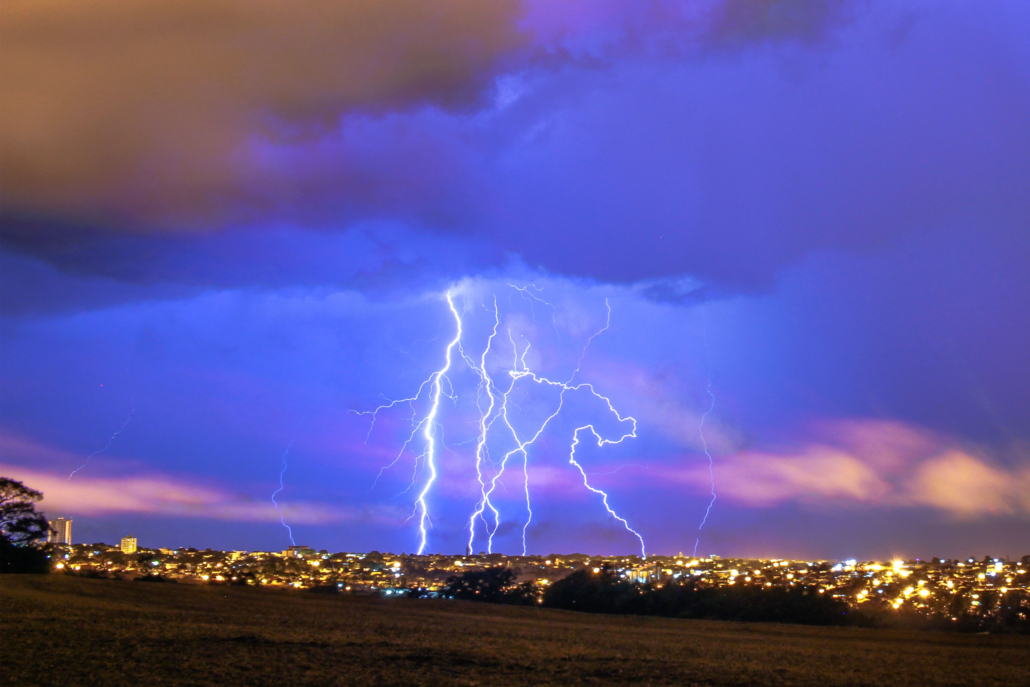
How Does a Lightning Protection System Work?
Lightning rods (also known as strike termination devices) are just one element of a complete lightning protection system. You also need the following components to achieve full protection:
- A reliable grounding system, capable of discharging the high voltage and current of a lightning strike.
- Down conductors connecting the roof-mounted lightning rods and the grounding system.
- Electrical bonding materials.
- Surge protection devices for your electrical equipment.
Due to the risks involved, a lightning rod should never be installed as a DIY project. You should look for an LPI Certified Specialist to make sure your lightning protection system is installed according to US standards and codes:
- NFPA 780
- UL96
- UL96A
Lightning protection systems should use UL Listed components to ensure safety and reliability.
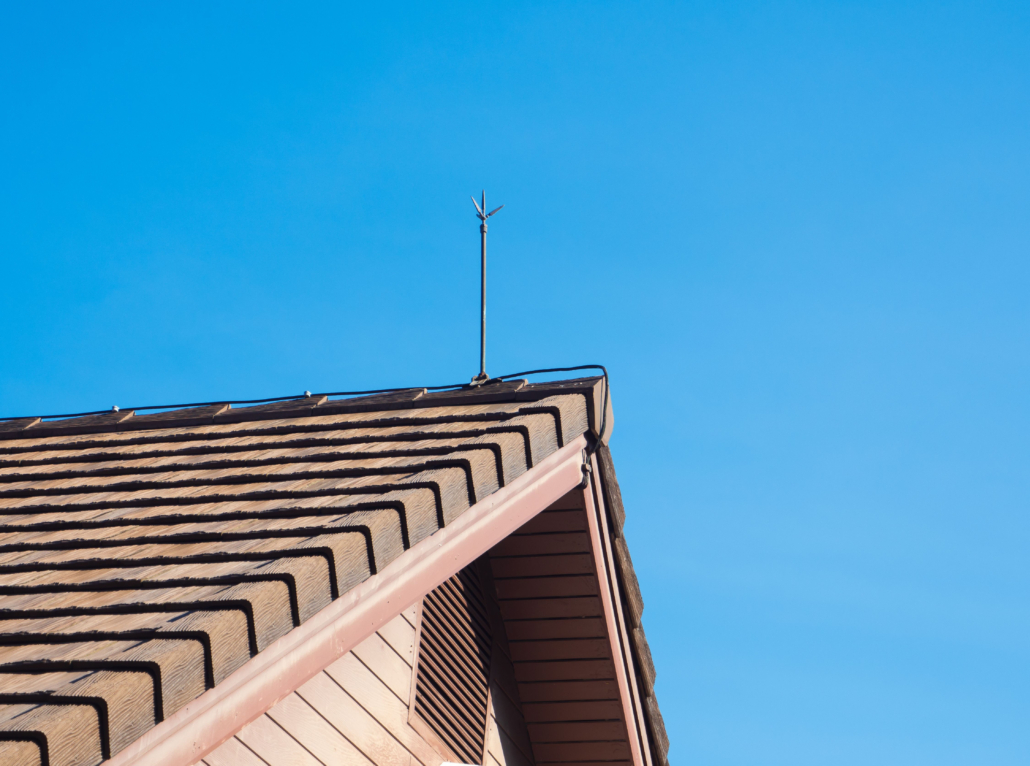
Common Myths About Lightning
There are some common misconceptions about lightning that can give a false sense of security. Major property damage and fatalities are rare, but appliance failures and other minor forms of lightning damage are relatively common. Here’s 6 fallacies about lightning:
Myth #1 – Lightning cannot strike the same place twice
This is a very common myth. However, you have probably seen consecutive lightning strikes on a tall building. For example, there have been years where the Empire State Building gets more than 100 lightning strikes.
Myth #2 – Trees protect your home from lightning
Lightning protection systems must have a high electrical conductivity, and wood is not a good conductor. When lightning strikes a tree, it can side-flash into nearby objects and structures that are better conductors. Also, if a tree suffers severe damage due to lightning, large branches can fall on surrounding properties.
Myth #3 – Grounded homes and structures don’t need lightning protection
Many grounding systems are designed to protect electrical installations from everyday faults, not from the millions of volts carried by lightning. Only a dedicated lightning protection system can safeguard your property in this case.
Myth #4 – Grounded antennas and weather stations offer lightning protection
These structures cannot act as lightning rods, since they have a single ground discharge path. Dedicated lightning protection systems use multiple ground paths to discharge the high current of a lightning bolt. Antennas and weather stations can also cause side-flashes, just like trees.
Myth #5 – Lightning rods attract lightning strikes
A lightning protection system simply provides a low-resistance path, to discharge lightning strikes that would have happened anyway.
Myth #6 – Lightning can only spread through electrical wiring
Lightning can travel through any conductor material, including Internet wires and plumbing lines. Since the voltage involved is so high, lightning can also travel through materials that normally act as electrical insulators, such as wood and rubber.
Do Lightning Rods Need Inspections and Maintenance?
NFPA, UL and LPI standards all agree that lightning rod systems need regular inspections. Over time, loose connections and wear can reduce the conductivity of your system, affecting its ability to provide lightning protection. Any issues detected should be fixed by a qualified professional, ideally an LPI Certified Specialist.
The Lightning Protection Institute recommends an inspection after any home modification that could have affected the system. This includes roof replacements, HVAC upgrades and any alterations related to your communication systems (cable TV, telephone, satellite dish, etc.) An inspection is also recommended if you install a solar panel system.
Where Can I Buy a Lightning Rod For My Home?
We recommend calling a professional electrician before installing a lighting rod. With that being said, you can buy lightning protection systems at local hardware stores and even on Amazon.


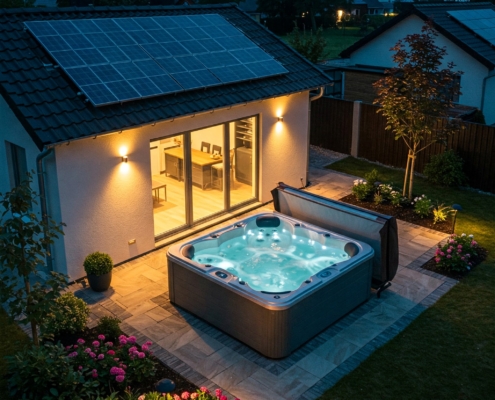
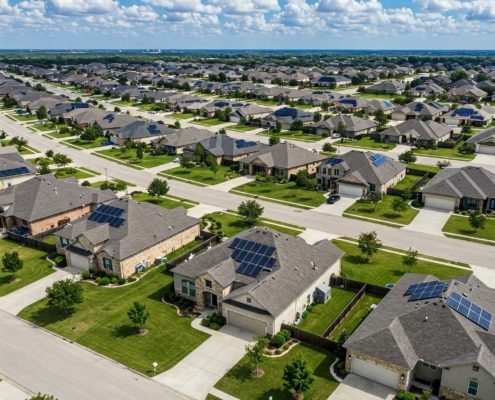





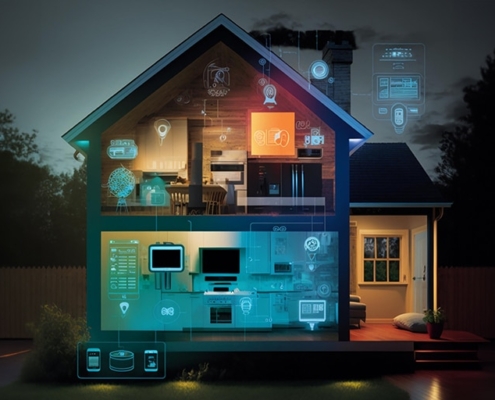
Leave a Reply
Want to join the discussion?Feel free to contribute!